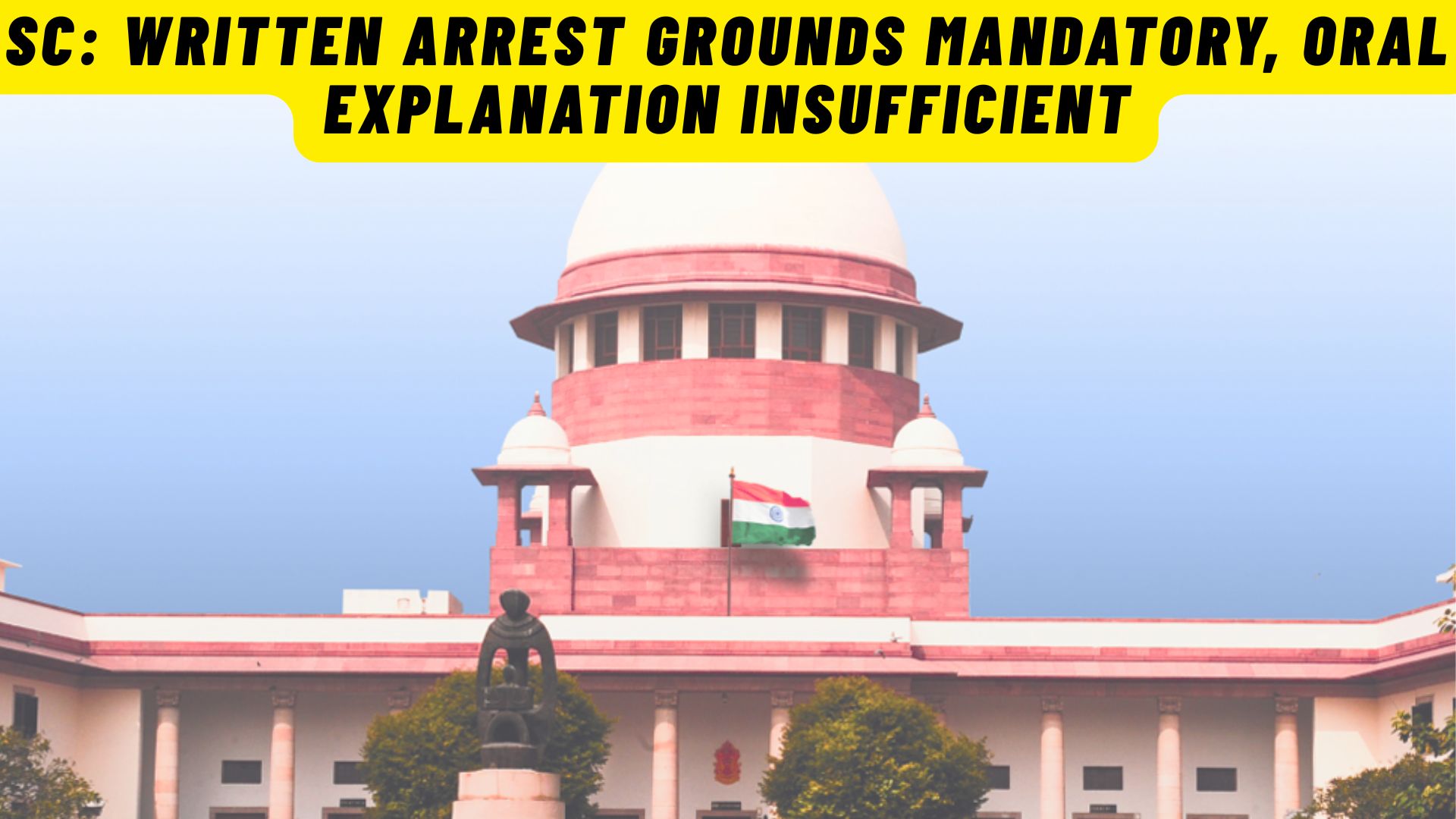Sanjay Karol, J.@mdashAppellant-convict Ranvir Singh, hereinafter referred to as the accused, has assailed the judgment dated 12.7.2012,
passed by Sessions Judge, Sirmaur District at Nahan, Himachal Pradesh, in Sessions Trial No. 50-ST/7 of 2011, titled as State of Himachal
Pradesh v. Ranvir Singh, whereby he stands convicted and sentenced to undergo rigorous imprisonment for life and pay fine of Rs. 10,000/-, in
relation to an offence punishable under Section 302 of the Indian Penal Code; and rigorous imprisonment for a period of six months and pay fine of
Rs. 1,000/-, in relation to an offence punishable under the provisions of Section 30 of the Indian Arms Act, 1959. In default of payment of fine on
both counts, he is required to further undergo imprisonment for a period of six months and two months, respectively.
2. It is the case of prosecution that accused used to reside separately, from his sons, in village Chuli, Tehsil Renukaji, District Sirmaur, Himachal
Pradesh. On 11.5.2011, marriage of his sister''s son was being solemnized in the house of his son Naresh Kumar. On a particular issue, heated
exchange took place between the accused and his elder son Shamsher Singh (deceased). Resultantly, accused brought a single barrel gun from his
house and shot him in the abdomen. Incident was witnessed by Dhanmanti Devi (PW-1), Ram Singh (PW-2) and Mohan Singh (PW-3). On the
basis of information so furnished by Mahesh Kumar, Pradhan of Gram Panchayat, Dadahu, police reached the spot and conducted necessary
investigation. Gun and samples of blood were recovered by associating Mohan Singh as a witness. Dead body of Shamsher Singh, who died on
the spot, was sent for postmortem, which was conducted by Dr. C.L. Sharma (PW-9). Inquest report (Ex. PW-11/C) was prepared. Viscera and
pellets were sent to the State Forensic Science Laboratory for examination, alongwith the Gun (Ex. P-17), samples of blood stained soil (Ex. P-16
and reports (Ex. PA, PB, PC & PD) obtained by the police. With the completion of investigation, which revealed complicity of the accused in the
alleged crime, challan was presented in the Court for trial.
3. Accused was charged for having committed offences punishable under the provisions of Section 302 of the Indian Penal Code and Section 30
of the Indian Arms Act, 1959 to which he did not plead guilty and claimed trial.
4. In order to establish its case, prosecution examined as many as 11 witnesses and statement of the accused under the provisions of Section 313
of the Code of Criminal Procedure was also recorded, in which he took the following defence:
Except Shamsher Singh, we all were in the function of marriage and when in the morning I came to my house, I found Shamsher Singh in
intoxicated condition and I asked him that he was indulging in drinking liquor whereas the marriage was being solemnized. Shamsher Singh rebuked
me and entered my room and brought my muzzle loading Gun and wanted to shoot me but I grappled with Shamsher Singh and caught hold of the
Gun in which process but side of the Gun came in my hands whereas barrel side was in the hands of Shamsher Singh in the process of snatching
the Gun, accidental fire took place when the barrel of the Gun was just near the body of the deceased. On account of which Shamsher Singh
received Gun shot injury. I had no enmity or quarrel with my son. It all happened accidentally. I had kept the Gun loaded on account of threat of
wild animals. I am innocent and have not committed the offence.
5. Based on the testimonies of witnesses and the material on record, trial Court convicted the accused of the charged offences and sentenced him
as aforesaid. Hence, the present appeal by the accused.
6. It is contended that accused stands wrongly convicted. Alternatively, it is submitted that trial Court erred in convicting him under the provisions
of Section 302, for he had no intent to commit murder of his own son and at best, case would fall within ambit and scope of Section 304 (second
part). On the quantum of sentence, he pleads leniency.
7. On the other hand, Mr. B.S. Parmar, learned Additional Advocate General, has supported the judgment of conviction and sentence rendered
by the trial Court, for the reasons assigned therein.
8. We have heard learned counsel for the parties as also perused the record.
9. In the instant case, identity of the accused and deceased is not disputed. The fact that deceased died as a result of gunshot injuries is also not
disputed by the accused. In any event, such fact stands established on record through the testimony of Dr. C.L. Sharma, who while proving the
postmortem report (Ex.PW-9/A), has opined as under:
Injury Lacerated wound in the anterior aspect of femoral region right side. Underlying femoral vessels artery and vein were found ruptured.
Massive bleed with hematoma present charring of underlying tissue and muscles present.
Disease of deformity. 2"" X 3"" bone deep (femoral fracture present upper end of femur present.
Cause of death. In our opinion the cause of death of the deceased is hemorrhagic shock due to massive bleeding from femoral vessels (ruptured)
due to gun shot injury.
10. According to the doctor, scorching/blackening was found around the injury with unburnt grains of gun powder. Also, cloth debris was found
around the entry of the wound. Possibility of gunshot having been fired within one foot is not ruled out.
11. The fact that the gun (Ex.P-17) belonged to and was possessed by the accused is also not disputed by him. In any event, prosecution has
proved such fact through the testimony of Devinder Saini (PW-7), Junior Assistant, posted in the Licence Branch in the Deputy Commissioner''s
Office at Nahan. Licence stands exhibited as Ex. PW-7/A.
12. That the gun was recovered from the spot alongwith other incriminating articles, including blood stained soil, is also not in dispute. Such fact
stands established through the testimony of Investigating Officer, Laiq Ram (PW-11), whose testimony stands corroborated by Mohan Singh
(PW-3).
13. The defence, in the instant case, cannot be said to have been probabilized. Neither any evidence in defence was led nor did the prosecution
witnesses even prima-facie disclose such facts. Why would an accused keep a fully loaded gun in his house? remains unexplained. He had no prior
threat or fear of his life. Conviction under the Arms Act is thus sustainable in law.
14. The issue, which arises for consideration, is as to whether accused can be held guilty of having committed murder, so as to fall within the
definition of Section 300 of the Indian Penal Code or not.
15. The words ""bodily injury sufficient in the ordinary course of nature to cause death"" would mean that death will be the most probable result of
the injury, having regard to the ordinary course of nature. The difference is one of the degrees of probability of death resulting from intended bodily
injury. Still further, the question, which would arise for consideration, is as to whether causing the fatal injury was accidental or unintentional or
some other kind of injury was intended to be inflicted.
16. Relying upon its earlier decision in Moti Singh Vs. State of Maharashtra, , the Apex Court, in Manjeet Singh Vs. State of Himachal Pradesh, ,
in similar circumstances, converted the judgment of conviction under the provisions of Section 302 to that of Section 304 of the Indian Penal
Code.
17. Also, while considering its earlier decisions rendered in Vineet Kumar Chauhan Vs. State of U.P., ; Ajit Singh Vs. State of Punjab, ; Virsa
Singh Vs. The State of Punjab, , the apex Court in Rampal Singh Vs. State of U.P., , has held that an act done with an intention of causing death
or bodily injury, which the offender knows to be likely to cause death or causing bodily injury to any person, which is sufficient in the ordinary
course of nature to cause death or the person causing injury knows that it is imminently dangerous that it must in all probability cause death, would
only amount to murder.
18. In order to establish guilt of the accused, prosecution relies upon the testimonies of spot witnesses, namely wife of the deceased, Dhanmanti
Devi (PW-1), Ram Singh (PW-2) and Mohan (PW-3).
19. Dhanmanti Devi states that on 11.5.2011 marriage of son of sister of the accused was being solemnized in the house of her brother-in-law
(Devar) Naresh Kumar. After attending the Baraat, her family, including her husband, had just returned, when hot exchange of words took place
between the accused and the deceased. Hearing the same, she immediately rushed out and saw the accused pull the trigger of single barrel gun,
which hit her husband in the abdomen. Soon Mohan Singh and Ram Singh arrived on the spot, when her husband uttered last words ""his children
have been orphaned"". After the incident, accused went (fled) to the Police Station. Thereafter, police came and conducted investigation on the
spot. In cross-examination, she categorically states that accused did not aim the gun at the chest.
20. We find her version to have been corroborated by Ram Singh. Mohan Singh reached the spot after the incident, but saw the deceased lying on
the ground, bleeding profusely.
21. Thus, from the conjoint reading of testimonies of all the witnesses, it is evidently clear that the accused did fire the gunshot on the abdomen of
the deceased but not with intent of murdering him.
22. Having perused the material on record and keeping in view the nature and place of injury and the time of occurrence of incident, we are of the
considered view that accused had no intention of causing death of the victim.
23. Injury caused was not on the head, but abdomen. No doubt, assailant used a deadly weapon, which is gun, but then such fact alone, in the
absence of any other evidence on record, would not prove his criminal intent of murdering his own son. Had the accused intended to do so, he
would have fired the gunshot on his head and not the abdomen. There was no prior proven hostility or differences inter se the parties. Incident
occurred at the time when marriage celebrations were going on. Perhaps the spur of moment, heated exchange of words took place and the gun
was shot.
24. In the instant case, we find that it was not a case of cold blooded murder, with a premeditated state of mind. The quarrel was sudden. Also
after the incident, he straightway went to the police. In our considered view, trial Court erred in not appreciating these aspects of the matter, while
convicting the accused on this count.
25. Hence, in view of the above discussion, appeal is partly accepted, conviction and sentence of the accused in relation to an offence punishable
under the provisions of Section 302 of the Indian Penal Code, as ordered by the trial Court, is set aside. Instead, accused is convicted of having
committed an offence punishable under the provisions of Section 304 (second part) of the Indian Penal Code and sentenced to undergo rigorous
imprisonment for a period of seven years and pay fine of Rs. 10,000/- and in default thereof to further undergo rigorous imprisonment for a further
period of one year. Conviction of the accused for the remaining offence as ordered, and sentence for the said offence so awarded by the trial
Court, is upheld. The sentence of substantive imprisonment shall run concurrently.
Appeal stands disposed of, so also pending application(s), if any.

